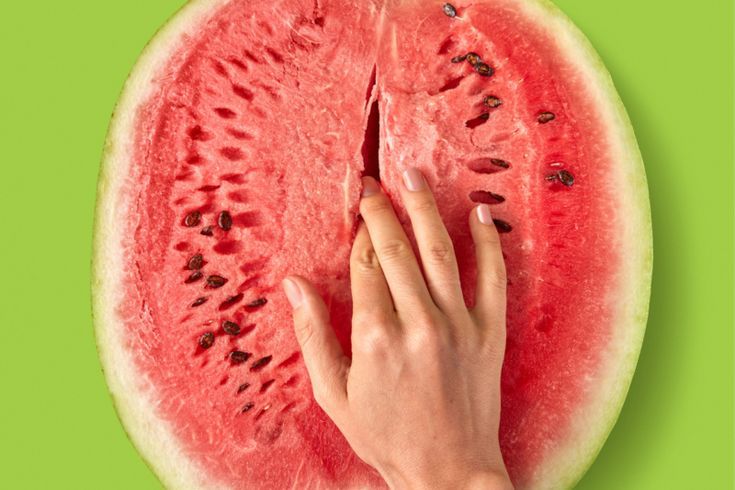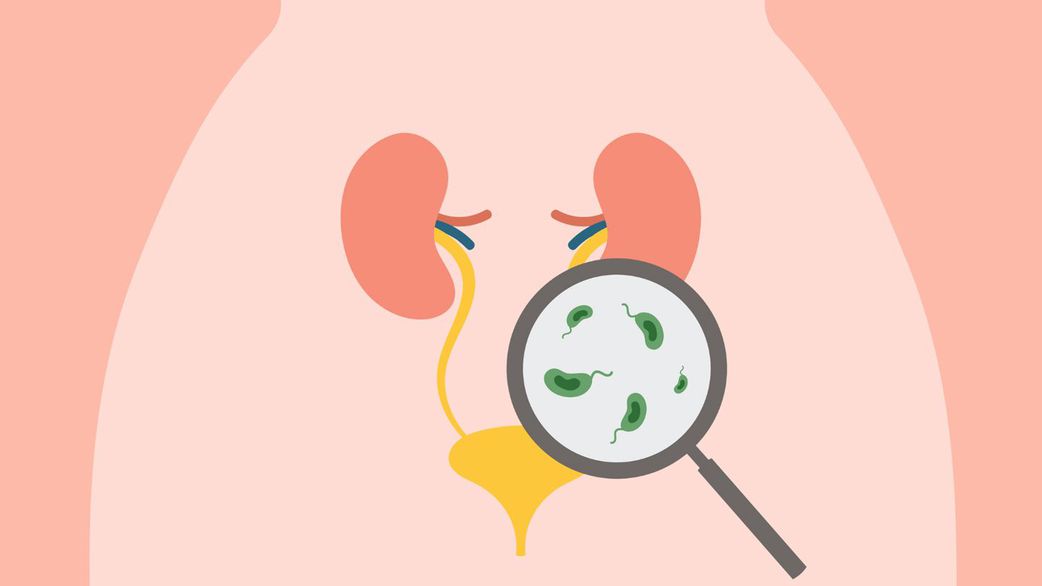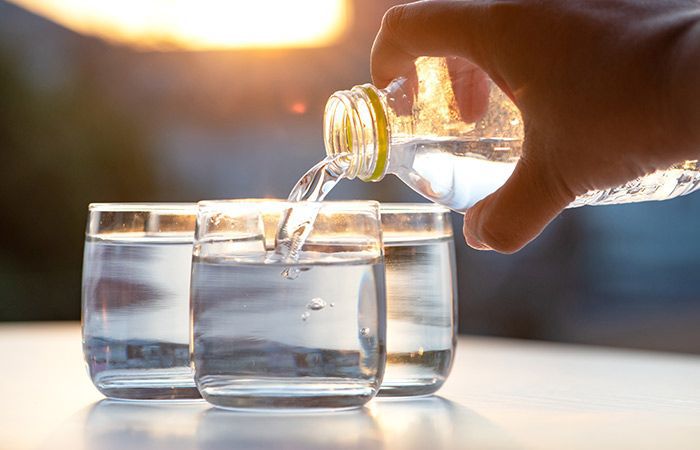How to Balance Vaginal pH Naturally: 6 Effective Ways to Maintain Balance

The vagina is a remarkably clever, self-cleaning organ. At its core, maintaining its health comes down to a delicate chemical balance – specifically, its pH level. A healthy vagina is naturally acidic, typically falling between 3.8 and 4.5 on the pH scale. This acidity is largely thanks to beneficial bacteria called lactobacilli, which produce lactic acid, creating an environment inhospitable to harmful bacteria and yeasts. When this natural balance is thrown off, it can lead to common and often irritating issues like thrush, bacterial vaginosis (BV), or general discomfort.
Understanding how to protect this natural equilibrium is key to comfortable, confident intimate health. The good news? It’s often much simpler than you might think!
1. Ditch the Douches and Harsh Soaps
Perhaps the most crucial rule for vaginal health: the vagina simply doesn’t need internal washing. Douching, highly scented washes, and strong, alkaline soaps are public enemy number one for vaginal pH. These products mercilessly strip away the protective good bacteria and the healthy acidity they maintain, effectively rolling out the red carpet for infections.

Your vagina is perfectly designed to self-clean with its natural secretions. For external cleansing, plain warm water is usually all you need. If you do prefer to use a product, always opt for a mild, unscented, pH-balanced wash specifically formulated for intimate use.
READ ALSO: Be UNIQUE! Discover your personal fashion style with these proven steps
2. Hygiene Before and After Sexual Activity
Making a quick clean-up part of your pre- and post-sex routine can significantly reduce the risk of infections for both you and your partner. Before intimacy, a brief wash of the genital area with warm water helps to remove any surface bacteria and ensures comfort. Crucially, urinating immediately after sex is highly recommended for everyone.

For women, this simple action helps to flush out any bacteria that may have entered the urethra during intercourse, dramatically cutting down the risk of urinary tract infections (UTIs). For all involved, a gentle wash of the external genital area with warm water after sex helps to remove bodily fluids and lubricants. Just remember to avoid harsh scrubbing, as this can easily irritate delicate skin.
READ ALSO: What really happens to the brain during a heartbreak?
3. Choose Breathable Underwear Wisely
Your underwear choices play a bigger role in your intimate health than you might imagine. Cotton is king when it comes to knickers. This fabric is wonderfully breathable, allowing air to circulate freely and effectively absorbing moisture. This prevents the build-up of heat and dampness – precisely the conditions where harmful bacteria and yeast love to flourish.

Synthetic fabrics like nylon or satin, whilst often pretty, can trap moisture and heat, creating a less-than-ideal environment. For everyday wear, always opt for cotton undies, and consider going commando at night when possible to allow the area to air out completely.
ALSO READ: What’s your shape? A simple guide to understanding your body type
4. The Lifesaving Wipe: Always Front to Back
This seemingly basic bathroom habit is absolutely fundamental for vaginal health, yet it’s often overlooked. After using the toilet, consistently wipe from front to back. This straightforward practice is vital for preventing bacteria from the anus (which can easily cause UTIs and other infections) from being transferred to the vagina and urethra.

It’s a small change in habit that makes a huge difference in preventing common and uncomfortable infections.
READ ALSO: Top African countries notorious for romance fraud
5. Hydration and a Thoughtful Diet Matter
What you put into your body significantly impacts its overall balance, and that includes your vaginal pH. Staying well-hydrated by drinking plenty of water helps to flush out toxins and supports the healthy functioning of your entire system, including your urinary tract.

Similarly, maintaining a balanced diet rich in whole foods, fresh fruits, and vibrant vegetables supports a robust immune system and overall bodily health, which in turn contributes directly to better sexual health. Some women also find that incorporating probiotic-rich foods like natural yoghurt with live cultures, kefir, or other fermented foods can help maintain a healthy balance of beneficial bacteria throughout the body, including the delicate vaginal flora.
ALSO READ: Try these exercises to tighten your vagina
6. Change Out of Wet or Sweaty Clothes Promptly
Lingering in damp clothing, whether it’s sweaty gym gear, a wet swimsuit after a dip, or even just damp underwear after a long, active day, creates a prime breeding ground for unwanted bacteria and yeast. This warm, moist environment is ideal for their rapid proliferation, which can quickly throw off your pH balance and lead to irritation or troublesome infections. Make it an immediate habit to change into dry, clean clothes as soon as possible after exercise, swimming, or if you simply find yourself feeling damp.

Ultimately, maintaining a healthy vaginal pH balance is largely about supporting your body’s innate, clever natural processes. Pay close attention to any unusual symptoms you might experience, such as persistent itching, a burning sensation, unusual discharge, or a strong, unfamiliar odour – these are often clear signals that your pH might be off and that it’s time to have a quick chat with a healthcare professional.
READ ALSO: Kenya announces visa-free travel for all African countries except Somalia and Libya: Here’s why
By integrating these simple yet remarkably effective hygiene practices into your daily routine, you’re taking proactive and responsible steps to protect your intimate health, ensuring comfort, confidence, and a happier you every single day.




